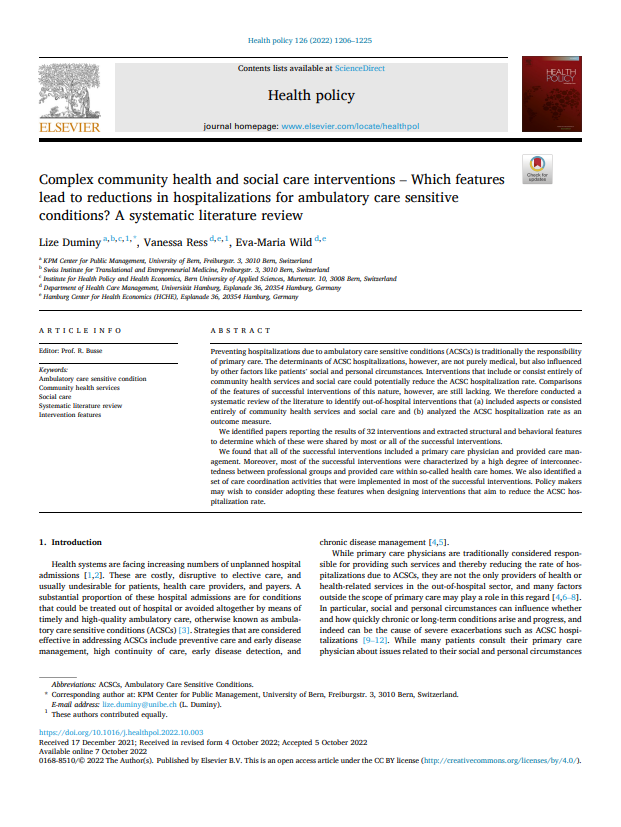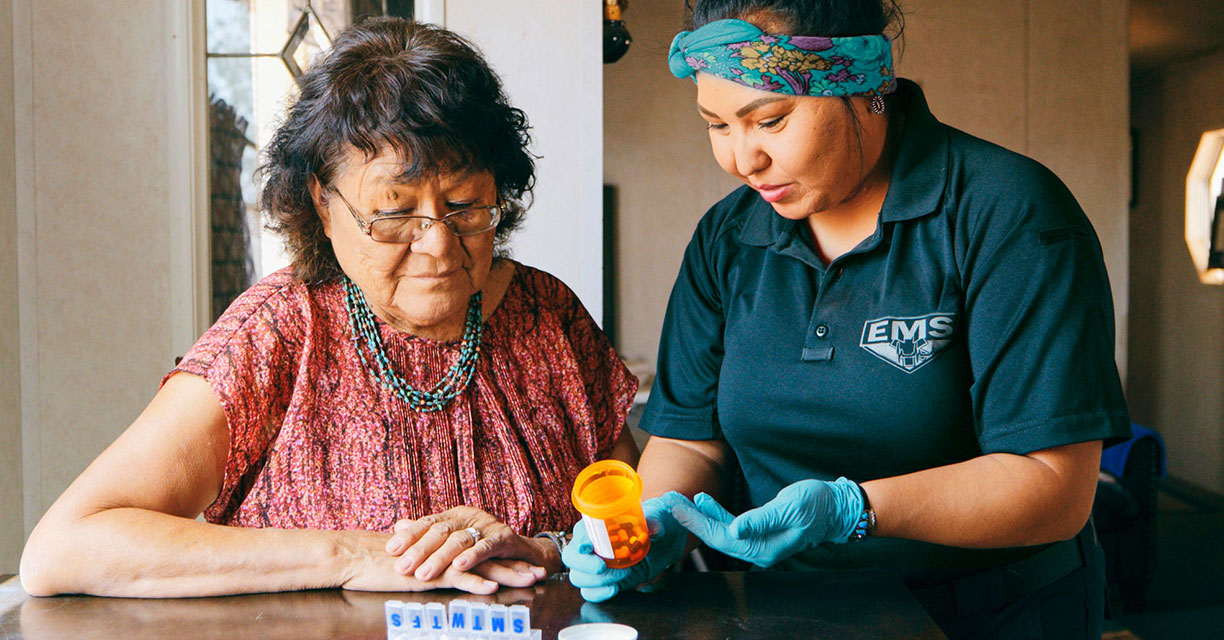Headline
Primary care-based interventions that integrate community health and social care services can reduce the rate of avoidable hospitalizations.
Context
A large proportion of unplanned hospital admissions are from conditions that can be treated in outpatient settings or mitigated through high-quality ambulatory care. These conditions are often referred to as ambulatory care sensitive conditions (ACSCs). Social determinants of health and other personal circumstances often impact and exacerbate chronic conditions and lead to an increase in ACSC hospitalizations. This systematic review examines the structural and behavioral features that contribute to successful out-of-hospital interventions including community health services, social care, and ACSC hospitalization rate as an outcome measure.
Findings
The authors found that interventions most successful at reducing the ACSC hospital rate involved a primary care physician and had a high degree of interconnectedness, defined as regular communication and collaboration among the providers involved in the intervention. There is also strong evidence to support specific interventions shown to decrease ACSC hospitalization rates, including care management and support of self-management goals through education and training.
Takeaways
Unplanned hospital admissions, particularly due to ACSCs, can have large financial and other undesirable impacts on patients, health care providers, payers, and more broadly, health systems. It is important to consider how to improve out-of-hospital care and interventions to decrease associated hospital rates. Interventions that integrate community health and social care services alongside traditional primary health care delivery can help decrease avoidable hospitalizations.


